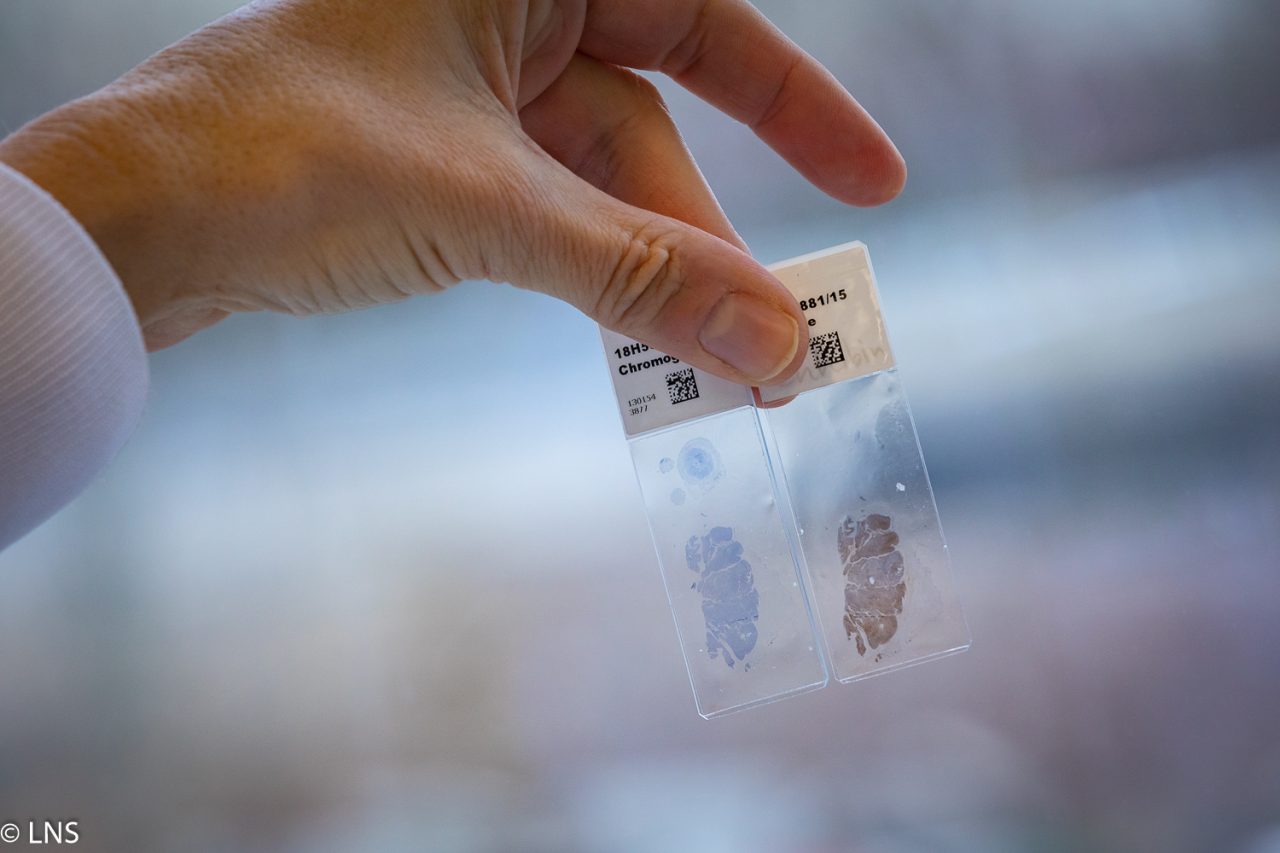

Authors: Ștefan G, Florescu C, Sabo AA, Stancu S, Mircescua G
Background: We aimed to evaluate the relationship between biopsy-proven kidney lesions, subclinical markers of atherosclerosis and intrarenal resistive index (RRI) in chronic kidney disease (CKD) patients.
Methods: This cross-sectional, single-center study prospectively enrolled 44 consecutive CKD patients (57% male gender, 54.1 (95%CI, 49.7–58.6) years, median eGFR 28.1 (15.0–47.7) mL/min) diagnosed by renal biopsy during 6 months in our clinic. RRI, carotid intima-media thickness (IMT), Kauppila score for abdominal aortic calcification (AACs) were assessed. Traditional and nontraditional atheroscleosis risk factors were also evaluated.
Results: Most of the patients had a diagnosis of glomerular nephropathy, with IgA nephropathy and diabetic nephropathy being the most frequent. RRI increased proportionally with CKD stages. Patients with RRI >0.7 (39%) were older, had diabetic and vascular nephropathies more frequently, higher mean arterial blood pressure, increased systemic atherosclerosis burden (IMT and AACs), higher percentage of global glomerulosclerois, GBM thickness, arteriolosclerosis and interstitial fibrosis/tubular atrophy. RRI directly correlated with age (rs = 0.55, p < 0.001) and with all the studied atherosclerosis markers (clinical atherosclerosis score rs = 0.50, p = 0.02; AACs rs = 0.50, p < 0.01; IMT rs = 0.34, p = 0.02). Also, global glomerulosclerosis (rs = 0.31, p = 0.03) and interstitial fibrosis/tubular atrophy (rs = 0.35, p = 0.01) were directly correlated with RRI. In multivariable adjusted binomial logistic regression models, only arteriolosclerosis was retained as independent predictor of RRI >0.7.
Conclusion: The analysis of RRI may be useful in the evaluation of the general vascular condition of the patient with CKD, supplying information about both microvascular and macrovascular impairment. Moreover, RRI correlates well with renal histopathologic characteristics, particularly with arteriolosclerosis.
Renal Failure, Volume 41, 2019, Pages 930-936